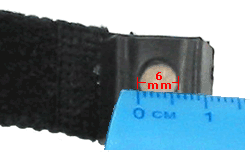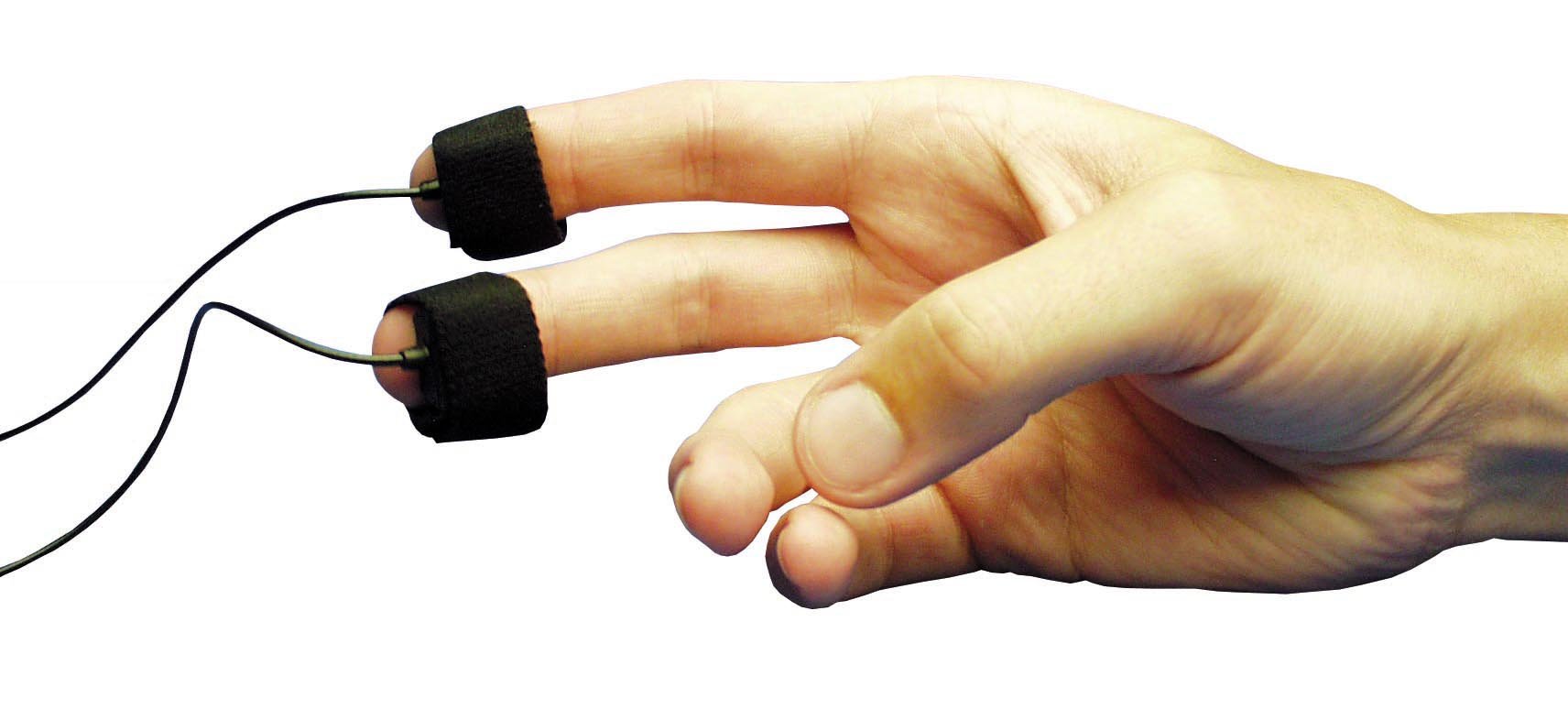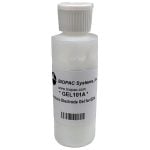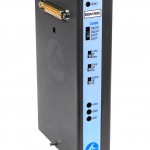
Usage Recommendations
There must be good electrical connections between the skin and the electrodes for EDA to work properly. When using GEL101 it is important that the gel has a chance to be absorbed and make good contact before recording begins. Accordingly:
- Fill the TSD203 electrode cavity with GEL101.
- Attach the TSD203 electrode to the subject.
- Wait 5 minutes (minimum) before starting to record data.
To verify the Gain setting of the EDA100C:
- Calibrate AcqKnowledge for lower frequency response at DC: In the Scaling window, set the Input voltages so they map to the “DC” conductance ranges indicated by the sensitivity setting. For example, if the EDA100C is set to a Gain of 5 µmho/V, then 0 V will map to 0 µmhos or infinite resistance and 1 V will map to 5 µmho.
- Place the lower frequency response to DC.
- Set the Gain switch on the EDA100C to 5 µmho/V.
- Perform measurement with electrodes disconnected.
AcqKnowledge should produce a reading of 0 µmho. - Insulate a 100 kohm resistor and place it from electrode pad to electrode pad (resistor must be insulated from fingers).
-
Perform measurement with electrode-resistor setup.
Acq Knowledge should produce a reading of 10 µmho.
Alternatives
- Disposable option: EL507 Disposable EDA electrode with LEAD110A Electrode Lead
- BioNomadix wireless option: BN-EDA-LEAD2 with BN-PPGED
Unit Note:
BIOPAC software calculates conductance in µMho, the traditional unit of conductance. Micromho (µMho) is interchangeable with the alternative microsiemen (µS). To use Ohm, the traditional measure of resistance, convert as 1 µMhos equals 1,000,000 ohms.
Part #: TSD203



Stay Connected